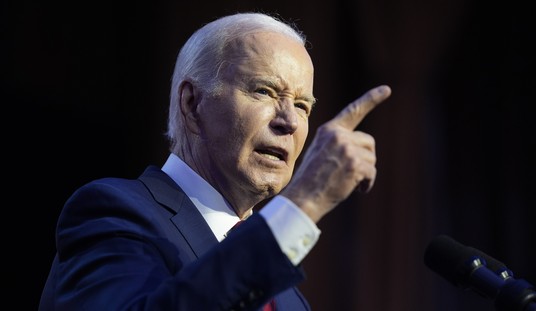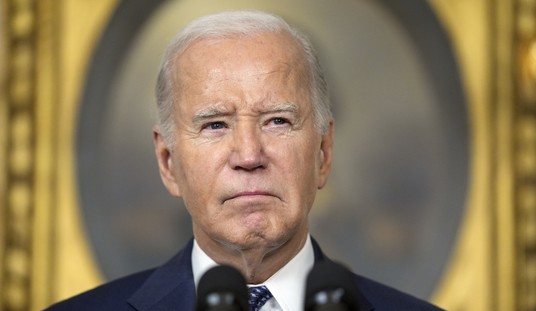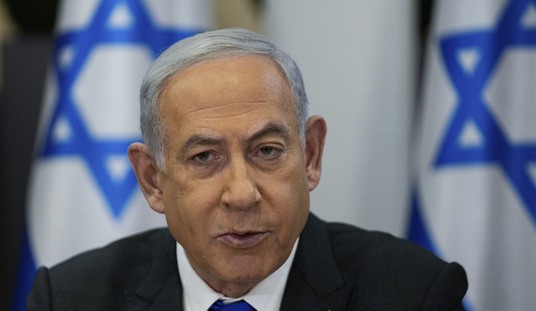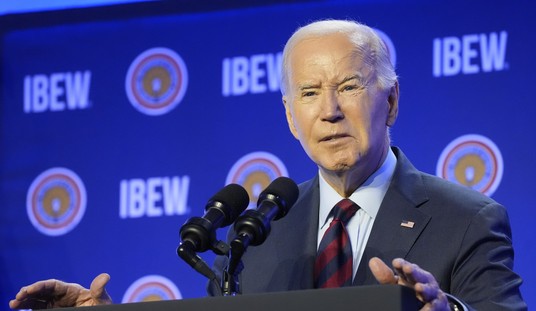The arrival of the American nuclear-powered aircraft carrier USS Carl Vinson (CVN 70) and its escorts in the Middle East on Monday has continued to reverberate in world news in a testament to the enduring value of “gunboat diplomacy.” The conspicuous assassination of an Iranian scientist associated with the country’s nuclear program Wednesday has done nothing to quell the issue. Slated to replace the USS John C Stennis (CVN 74) carrier strike group (CSG), which has been operating in the U.S. Fifth Fleet Area of Responsibility since last summer, the Vinson will soon be joined by the USS Abraham Lincoln (CVN 72) CSG, currently steaming westward from the Pacific.
As the U.S. Navy has insisted, this is perfectly consistent with routine deployment patterns. The Pentagon maintains a “1.7” carrier presence in Fifth Fleet -- keeping an average of 1.7 carriers on station over the course of the year. But the possibility of three American aircraft carriers being positioned off the coast of Iran in the wake of a 10-day Iranian naval exercise in the Strait of Hormuz is hard to ignore.
There is every indication that these are indeed routinely scheduled deployments. A sustained deployment of a CSG to the Middle East entails an enormous amount of training and preparation -- not to mention transit time. And since the invasion of Iraq in 2003, there have routinely been two carriers in Fifth Fleet, and on several brief occasions, three. So even as Iran prepares for more maneuvers in the Strait of Hormuz in February -- these to be conducted by the naval branch of the Islamic Revolutionary Guards Corps -- Tehran can take comfort in the fact that it has seen plenty of this posturing in the past.
Yet Iran must also consider that military history is rife with examples of past behavior being used as a cover for offensive action. And with the USS George Washington (CVN-73) stationed in Yokosuka, Japan (about a week’s sail from the region), Iran must objectively consider the raw military capability at its doorstep.
A single modern U.S. carrier air wing includes four squadrons of multirole F/A-18s and a fifth electronic warfare squadron. This air wing is larger and more capable than the entire air force of many American allies. And the Islamic Republic has spent essentially its entire existence, since the fall of the Shah in 1979, considering and evolving its capability to repel an American attack. Iran's military has studied U.S. operations, particularly Operation Desert Storm in 1991 and 2003's Operation Iraqi Freedom, and Tehran is also well aware that the Americans have excelled operationally, since the Cold War, at executing complex air campaigns.
Recommended
As Stratfor has long argued, Iran’s real “nuclear” option is its ability to attempt to close the Strait of Hormuz, with the principle deterrent value being the consequent repercussions such an attempt would have on the global economy. Iran's 10-day maneuvers in the Strait (which remained open) correlated with a four percent spike in the price of crude. It is not simply a military question of clearing and keeping open the Straits. No military capability can realistically control the markets’ reaction to even minor tensions in the Strait, much less outright conflict.
The reality is that an air campaign against Iran would not simply involve a one-off strike against a handful of key nuclear sites. Such a campaign must include battle damage assessments and follow-on strikes on hardened facilities (built specifically to protect against at least some American bunker-busters), a massive suppression of enemy air defenses campaign and both initial strikes and sustained suppression of all activity along Iran’s coast, as any fishing dhow might well be attempting to lay naval mines. This is why Stratfor’s position has long been that Israel alone cannot attack Iran. The Israeli Air Force lacks the capacity to achieve the kind of devastation of Iran’s nuclear program that Israel desires. It is certainly in no position to manage the consequences of such a strike in the Persian Gulf and the Strait of Hormuz and contain Iranian conventional and other national capabilities.
Any serious air campaign against Iran will be measured in weeks -- perhaps even months. Three to four CSGs are probably sufficient for the opening salvo in such a campaign. These would be accompanied by a number of submarines -- including probably at least two of the four new Ohio SSGN-conversions armed with more than 100 Tomahawk cruise missiles -- and strategic bombers. But these would prove woefully insufficient for what would be the most comprehensive and large-scale offensive air campaign the world has seen since (at the very least) the 1991 Desert Storm air campaign. Serious policymakers in Washington -- before or after the upcoming election -- probably lack the appetite for such an undertaking, given the likely ramifications for the global economy, but at a point of heightened tensions, the potential for miscalculations on both sides must be considered. As Iran's window of opportunity to consolidate its recent gains and regional power closes, a little gunboat diplomacy may serve as a cost-effective way of reminding Tehran of the potential costs should it push too far.
This article reprinted by permission of Stratfor
You’ll receive 2 weekly reports on the world’s most pressing geopolitical and security events. No account registration is necessary. Just enter your email address and you’ll begin receiving our FREE emailed reports.

























Join the conversation as a VIP Member